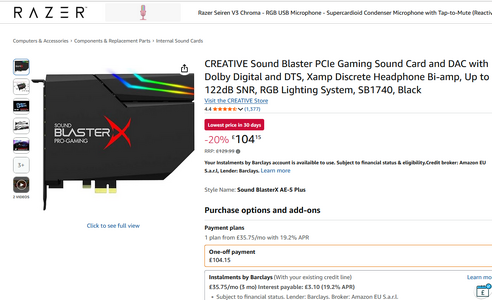- Aug 1, 2019
- 15,397
- 230
- 0
Welcome to another instalment of our monthly Ask the Reader column, where we ask our readers for their input on a key topic of discussion.
In this month's discussion, we want to know how you listen to high-resolution music in your home hi-fi set-up. We're talking higher than CD quality (16-bit/44.1kHz) files, meaning digital files that are in 24-bit quality, going up to 192kHz, as well as DSD files.
It was the case only a few years ago that if you wanted to stream your favourite albums in hi-res quality, then you'd have to buy and download the album from sites such as HDTracks, 7Digital, Qobuz or NativeDSD, store them on a server, hard drive or on your laptop, and then use a hi-res streamer (or network audio player) that could stream those files over your home network and wi-fi.
Do you stream hi-res music or download hi-res tracks? We want your opinions : Read more
In this month's discussion, we want to know how you listen to high-resolution music in your home hi-fi set-up. We're talking higher than CD quality (16-bit/44.1kHz) files, meaning digital files that are in 24-bit quality, going up to 192kHz, as well as DSD files.
It was the case only a few years ago that if you wanted to stream your favourite albums in hi-res quality, then you'd have to buy and download the album from sites such as HDTracks, 7Digital, Qobuz or NativeDSD, store them on a server, hard drive or on your laptop, and then use a hi-res streamer (or network audio player) that could stream those files over your home network and wi-fi.
Do you stream hi-res music or download hi-res tracks? We want your opinions : Read more
Last edited by a moderator:




